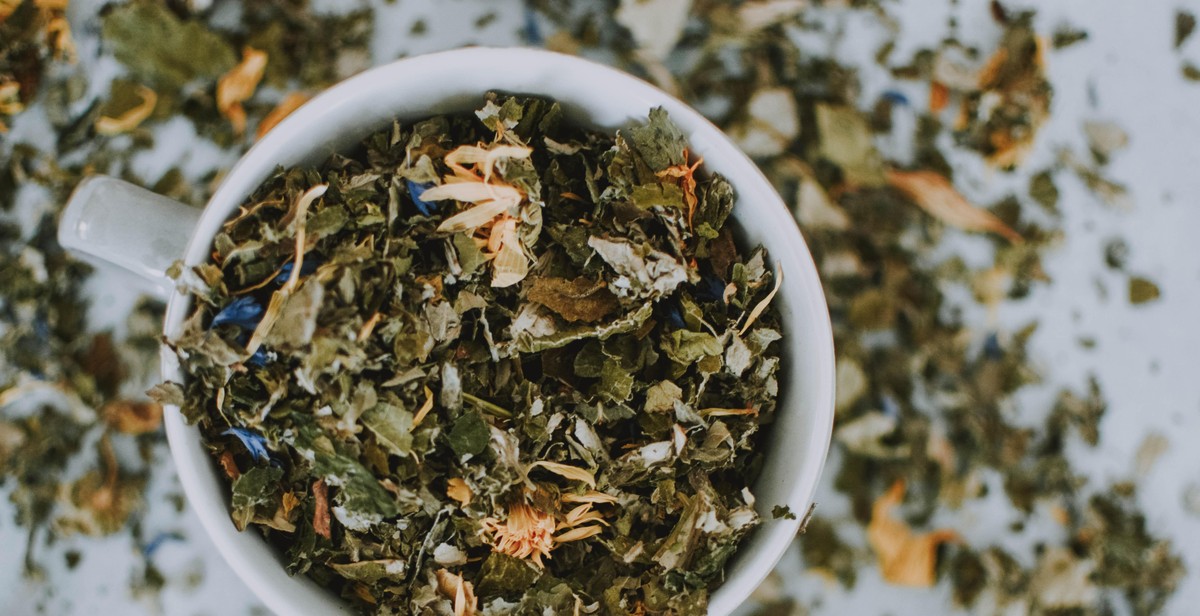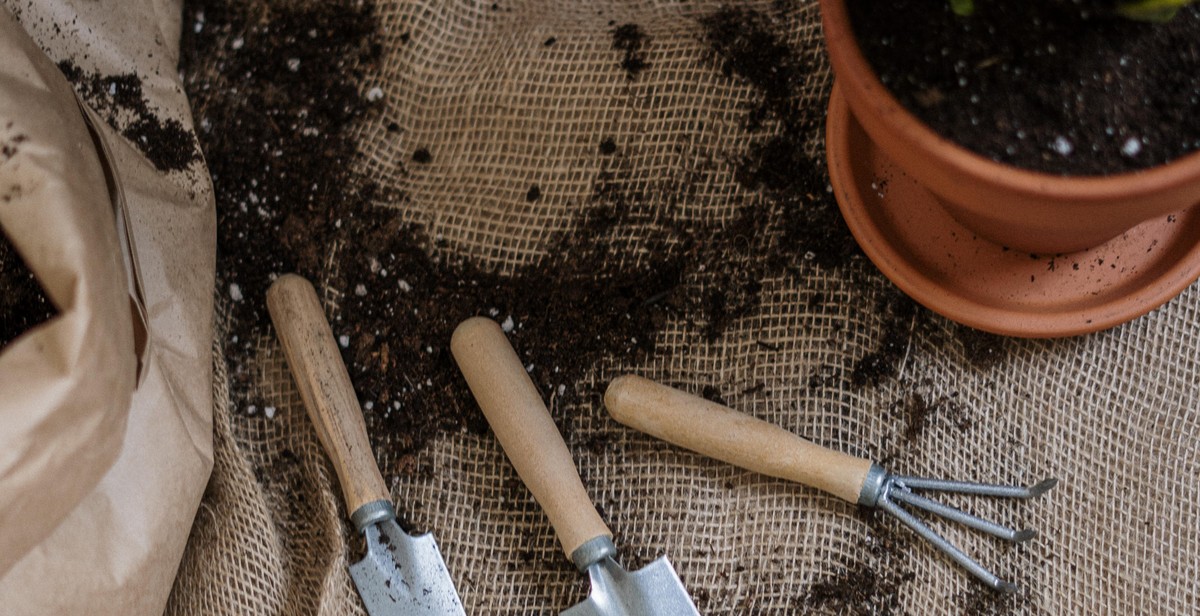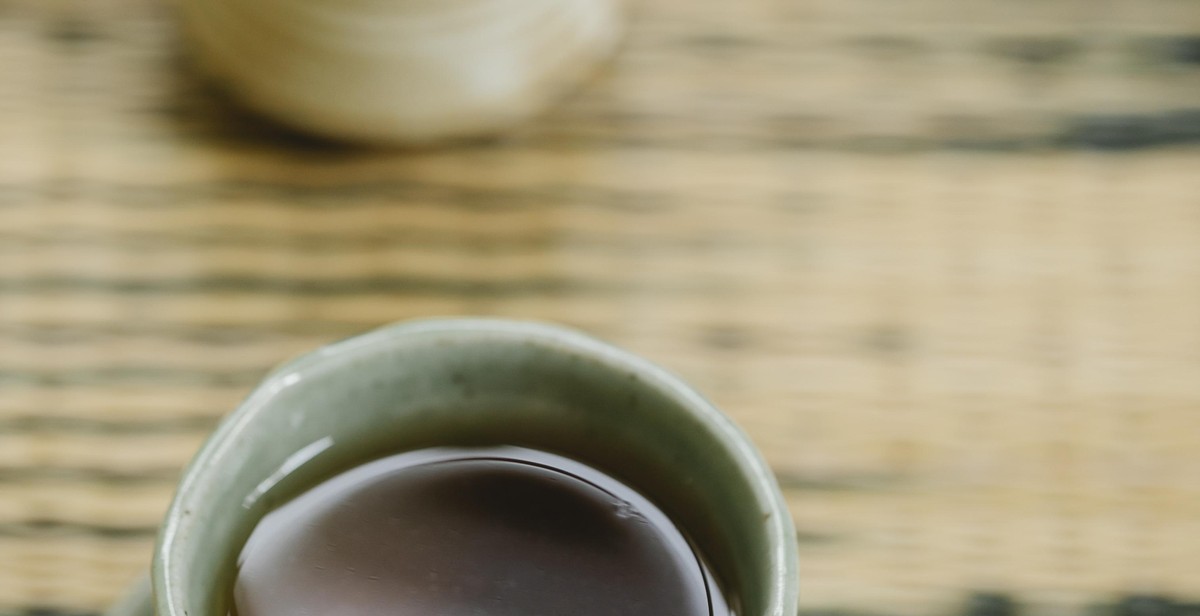Introduction: How to Grow Aromatic Herbs for Homemade Herbal Teas
Are you a tea lover who wants to take your tea experience to the next level? Instead of buying tea bags from the store, why not try growing your own herbs and making your own homemade herbal teas? Not only is it a fun and rewarding hobby, but it also allows you to experiment with different flavor combinations and customize your teas to your liking.
One of the best things about growing herbs for tea is that they are easy to grow and require minimal space. Whether you have a large backyard or a small balcony, you can grow aromatic herbs in pots or containers. Plus, you can enjoy the added benefits of having fresh herbs on hand for cooking and other uses.
Benefits of Homemade Herbal Teas
Herbal teas have been used for centuries for their medicinal properties and health benefits. By making your own herbal teas, you can control the quality and freshness of the ingredients and avoid the additives and preservatives found in store-bought teas.
In addition to their health benefits, homemade herbal teas are also delicious and can be enjoyed hot or cold. Some popular herbs for tea include mint, chamomile, lavender, lemon balm, and rosemary, but the possibilities are endless.
Getting Started
To get started with growing herbs for tea, you will need to choose the herbs you want to grow, select a suitable location, and prepare the soil or containers. You will also need to learn how to harvest and dry your herbs for tea-making.
In this article, we will guide you through the process of growing aromatic herbs for homemade herbal teas. From selecting the right herbs to caring for them and harvesting them, we will provide you with all the information you need to get started on your tea-growing journey.

Why Grow Your Own Aromatic Herbs?
Homemade herbal tea is a great way to enjoy the benefits of aromatic herbs. Not only is it a delicious and comforting beverage, but it also has numerous health benefits. Aromatic herbs like mint, chamomile, and lavender are known for their calming and soothing properties, while others like rosemary and thyme have anti-inflammatory and antioxidant properties.
Benefits of Homemade Herbal Tea
Homemade herbal teas are free from artificial flavors and additives, making them a healthier option than store-bought teas. They are also a great way to boost your immune system, aid digestion, and promote relaxation. Additionally, herbal teas can be personalized to your taste and preferences, allowing you to experiment with different combinations and flavors.
Cost Savings
Growing your own aromatic herbs for homemade tea can also save you money in the long run. Store-bought teas can be expensive, especially if you drink them regularly. By growing your own herbs, you can have a fresh supply of tea ingredients at your fingertips without having to spend a lot of money.
Control Over Quality
When you grow your own herbs, you have complete control over the quality of the ingredients used in your tea. You can ensure that your herbs are grown without the use of harmful pesticides or chemicals, and you can harvest them at the peak of their freshness for maximum flavor and potency. This allows you to create a high-quality tea that is both delicious and healthful.

Choosing the Right Aromatic Herbs
When it comes to growing aromatic herbs for homemade herbal teas, choosing the right herbs is crucial. Here are some of the most popular and flavorful options to consider:
Mint
Mint is a classic choice for herbal tea, with its refreshing and invigorating flavor. There are many varieties of mint to choose from, including peppermint, spearmint, and chocolate mint. Mint is also known for its digestive benefits, making it a great choice after a meal.
Lemon Balm
Another refreshing option, lemon balm has a citrusy flavor that pairs well with other herbs like mint or chamomile. It’s also known for its calming properties, making it a great choice for a bedtime tea.
Chamomile
Chamomile is a popular choice for its calming and soothing effects. It has a mild, floral flavor that pairs well with other herbs like lavender or lemon balm. Chamomile is also known for its anti-inflammatory properties, making it a great choice for a post-workout tea.
Lavender
Lavender has a distinct floral flavor and aroma that can be overpowering if used in large quantities. However, when used in moderation, it adds a unique and relaxing element to herbal tea blends. Lavender is also known for its calming and stress-reducing properties.
Rosemary
While rosemary is often used in cooking, it can also be a great addition to herbal tea blends. Its woody and slightly bitter flavor pairs well with other herbs like mint or lemon balm. Rosemary is also known for its cognitive benefits, making it a great choice for a mid-afternoon pick-me-up.
| Herb | Flavor | Benefits |
|---|---|---|
| Mint | Refreshing | Digestive |
| Lemon Balm | Citrusy | Calming |
| Chamomile | Floral | Anti-inflammatory |
| Lavender | Floral | Calming, stress-reducing |
| Rosemary | Woody, slightly bitter | Cognitive |

Preparing Your Garden
Before you start growing aromatic herbs for homemade herbal teas, it is important to prepare your garden properly. Here are some key steps to follow:
Location
Choose a location that receives at least six hours of sunlight a day. Most herbs prefer full sun, but some can tolerate partial shade. Make sure the location is also well-drained, as herbs do not like to sit in waterlogged soil.
Soil Preparation
Herbs grow best in soil that is rich in organic matter. To prepare your soil, start by removing any weeds or debris. Then, add compost or well-rotted manure to the soil to improve its fertility and texture. You can also add a slow-release fertilizer to provide your herbs with the nutrients they need to thrive.
Planting
Once your soil is prepared, it’s time to plant your herbs. You can either start from seeds or purchase seedlings from a nursery. When planting, make sure to space your herbs according to their specific requirements, as some herbs need more room to grow than others. You can also plant herbs in containers if you have limited space or want to move them indoors during the winter months.
By following these steps, you can create a healthy and thriving herb garden that will provide you with fresh ingredients for homemade herbal teas all year round.

Caring for Your Aromatic Herbs
Proper care of your aromatic herbs is essential to ensure that they grow well and produce flavorful leaves for your homemade herbal teas. Here are some tips on how to care for your aromatic herbs:
Watering
Water your herbs regularly, but make sure not to over-water them. Most aromatic herbs prefer well-drained soil, so make sure the soil is not soggy. A good rule of thumb is to water your herbs when the top inch of soil feels dry to the touch.
Fertilizing
Fertilize your herbs once a month with a balanced fertilizer to provide them with the necessary nutrients. Be careful not to over-fertilize, as this can lead to excessive growth and a less intense flavor in the leaves.
Pruning
Prune your herbs regularly to promote bushier growth and to prevent them from becoming too leggy. Pinch off the tips of the stems to encourage branching and remove any dead or yellowing leaves.
Pest Control
Keep an eye out for pests such as aphids, spider mites, and whiteflies. If you notice any pests on your plants, remove them promptly and treat your herbs with an organic pesticide or insecticidal soap.
By following these tips, you can ensure that your aromatic herbs will thrive and provide you with delicious leaves for your homemade herbal teas.

Harvesting and Drying Your Aromatic Herbs
Harvesting and drying your aromatic herbs are crucial steps in the process of making homemade herbal teas. Below are some tips on when and how to harvest your herbs and the different drying methods you can use.
When to Harvest
The best time to harvest your aromatic herbs is in the morning, after the dew has dried but before the sun gets too hot. This is when the oils in the leaves are at their highest concentration, giving your tea the best flavor and aroma.
How to Harvest
When harvesting your herbs, use a sharp pair of scissors or pruning shears to cut the stems just above a leaf node. This will encourage new growth and ensure that the plant stays healthy.
- For basil, oregano, and thyme, cut the stems just above the second set of leaves from the bottom.
- For mint and lemon balm, cut the stems just above the first set of leaves from the bottom.
- For lavender and chamomile, cut the stems just as the flowers are starting to bloom.
Drying Methods
There are several methods you can use to dry your aromatic herbs:
- Air-drying: Tie the herbs in small bundles and hang them upside down in a warm, dry, and well-ventilated area.
- Oven-drying: Spread the herbs on a baking sheet and place them in an oven set to the lowest temperature possible, with the door slightly ajar to allow moisture to escape.
- Dehydrator: Follow the instructions on your dehydrator to dry your herbs at the appropriate temperature.
| Herb | Air-drying time | Oven-drying time | Dehydrator time |
|---|---|---|---|
| Basil | 1-2 weeks | 2-4 hours | 4-6 hours |
| Oregano | 1-2 weeks | 2-4 hours | 4-6 hours |
| Thyme | 1-2 weeks | 2-4 hours | 4-6 hours |
| Mint | 1-2 weeks | 2-4 hours | 4-6 hours |
| Lemon balm | 1-2 weeks | 2-4 hours | 4-6 hours |
| Lavender | 2-3 weeks | 3-4 hours | 6-8 hours |
| Chamomile | 2-3 weeks | 3-4 hours | 6-8 hours |

Making Homemade Herbal Tea
After growing and harvesting your aromatic herbs, the next step is to make your own herbal tea. The following are some tips on how to make homemade herbal tea:
Infusing Techniques
There are several ways to infuse herbs into your tea. The most common method is to steep the herbs in hot water. To do this, place 1-2 teaspoons of dried herbs or 2-3 teaspoons of fresh herbs in a tea infuser or tea ball. Pour hot water over the herbs and let steep for 5-10 minutes. You can adjust the steep time depending on the strength of the herbs and your personal preference.
You can also make a sun tea by placing herbs in a jar with cold water and letting it sit in the sun for a few hours. Another option is to simmer the herbs in water on the stove for 15-20 minutes to make a decoction.
Blending Your Own Teas
One of the benefits of growing your own herbs is the ability to mix and match different flavors to create your own unique blends. Some popular herbs for tea blends include mint, chamomile, lavender, lemon balm, and rosemary. Experiment with different combinations to find your favorite flavors.
Storing Your Tea
Once you have made your herbal tea, you can store it in an airtight container in the refrigerator for up to 5 days. You can also freeze the tea in ice cube trays to use as a flavor boost for water or other beverages. Be sure to label your tea with the date and ingredients to keep track of freshness.

Conclusion
Growing aromatic herbs for homemade herbal teas is not only a fun and rewarding hobby, but it can also provide you with a variety of health benefits. By following the tips and techniques outlined in this article, you can successfully grow and harvest your own herbs to create delicious and nutritious teas.
Remember These Key Points:
- Choose the right location for your herb garden, with plenty of sunlight and good drainage.
- Start with quality soil and fertilizers to ensure healthy growth.
- Choose the herbs that are best suited for your climate and growing conditions.
- Harvest your herbs at the right time to ensure maximum flavor and potency.
- Experiment with different blends and combinations to create unique and delicious teas.
Benefits of Homemade Herbal Tea:
Not only is growing your own herbs and making your own tea a fun and rewarding experience, but it also provides a range of health benefits. Herbal teas are known to help with digestion, boost the immune system, and reduce stress and anxiety. They can also be a great alternative to sugary or caffeinated beverages.
Start Your Own Herb Garden Today!
With a little bit of planning and effort, you can easily grow aromatic herbs to create your own homemade herbal teas. Whether you are looking to improve your health, reduce stress, or simply enjoy a delicious and refreshing beverage, growing your own herbs is a great way to achieve your goals.
| Article Author: | John Doe |
| Contact Information: | john.doe@email.com |
